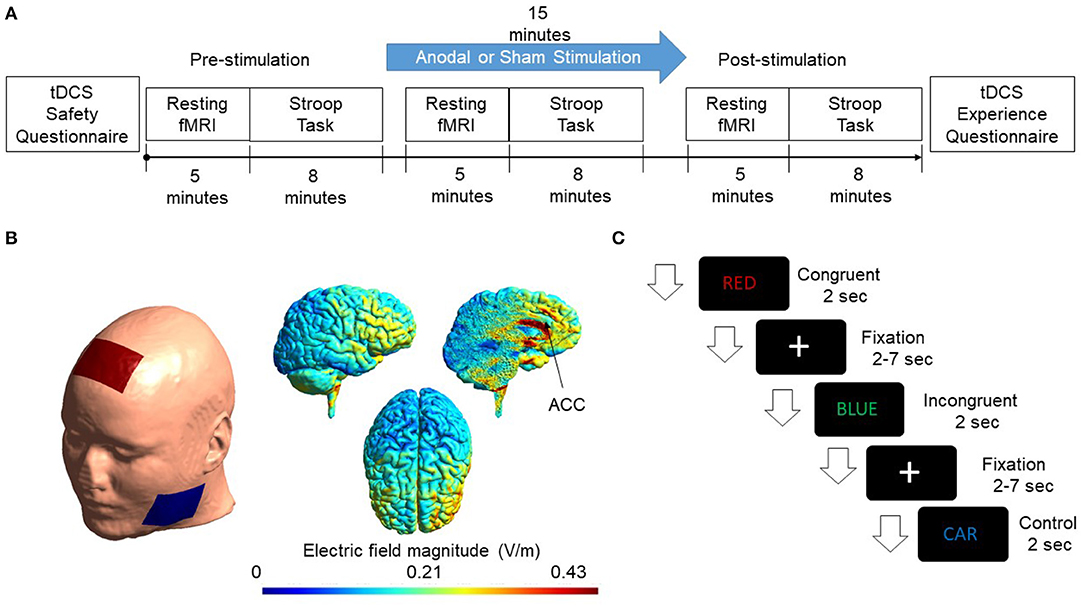
Wagner et al., Instantaneous isotropic volumetric imaging of fast biological processes, Nature Methods 16(6), 497, 2019. Wang et al., In vivo two-photon imaging reveals a role of arc in enhancing orientation specificity in visual cortex, Cell 126(2), 389-402, 2006. Wagner et al., Instantaneous isotropic volumetric imaging of fast biological processes, Nature Methods,K. Wang et al., In vivo two-photon imaging reveals a role of arc in enhancing orientation specificity in visual cortex, Cell,126(2), 389-402, 2006.
#LEFEBVRE ET AL HUMAN BRAIN MAPPING SKIN#
įigure 3: (a) In vivo skin optical clearing for blood flow imaging (b) in vivo skull optical clearing for cortical neural imagingĪnd (c) cortical vascular functional imaging. įigure 2: MACS for imaging various organs and embryo of neural structures and function. (F) Highmagnification images of the dashed boxed region in (E).

(E) 3D reconstruction and segmentation of nerve branches (green) and motor endplates (red) of the gastrocnemius muscle (Thy1-YFP-16) cleared by FDISCO. (D) Fluorescence level quantification of cleared brains over time after FDISCO, 3DISCO, and uDISCO clearing (n = 4, 3, and 3, respectively). The neurons (e.g., white arrowheads) could stillbe viewed well after 150 days.

(C) Images of cortical neurons in the FDISCO-cleared brain taken at 0 and 150 days after clearing, respectively. For different clearing methods, the same imaging parameters and image processing methods were used for the sameregions. The whitearrowheads mark the tiny nerve fibers detected. (B) Comparison of the high-magnification images of the cleared brains assessed immediately after FDISCO, 3DISCO, and uDISCO clearing. (A) Image of the whole brain (Thy1 -GFP-M)cleared by FDISCO. įigure 1:LSFM imaging of neural structures in the mouse brain and gastrocnemius muscle after FDISCO clearing. And then I will demonstrate in vivo skull/skin optical clearing window for imaging structural and functional of cutaneous / cortical vascular and cells, also manipulating cortical vasculature. This presentation will introduce the recently developed in vitro optical clearing methods for whole organs imaging, including FDISCO and MACS. Fortunately, novel tissue optical clearing technique could reduce the scattering of tissue and make it transparent for higher optical imaging quality. However, the high scattering of turbid biological tissues limits the penetration of light, leading to strongly decreased imaging resolution and contrast as light propagates deeper into the tissue. TISSUE OPTICAL CLEARING: FROM IN VITRO TO IN VIVOġBritton Chance Center for Biomedical Photonics, Wuhan National Laboratory for Optoelectronics, Huazhong University of ScienceĢMoE Key Laboratory for Biomedical Photonics, Huazhong University of Science and Technology, photonics is currently one of the fastest growingfields of life sciences, which allows structural and functional analysis of tissues with high resolution and contrast unattainable by any other method.


 0 kommentar(er)
0 kommentar(er)
